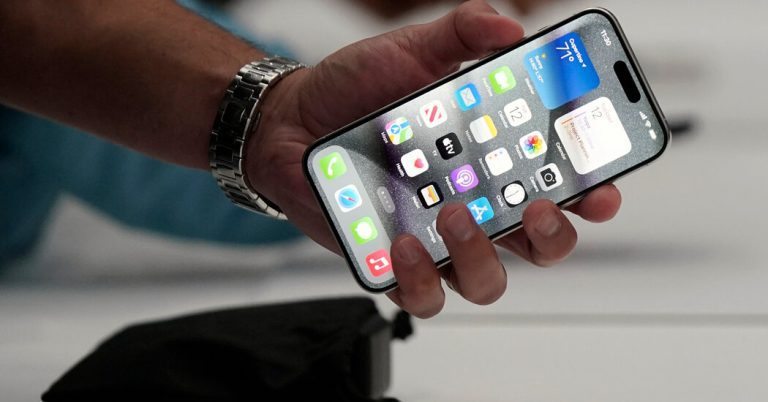Many travelers across the United States lost a critical tool for checking maps, making reservations, using transit apps and more because of a cellular data outage that began affecting AT&T, T-Mobile and Verizon users on Wednesday.
Affected travelers, mainly in Europe, took to social media to seek answers about what caused the outage and how long it will last. Some reported being unable to make phone calls, send messages or use online services without Wi-Fi for 24 hours. It is unclear what caused the outage, which appeared to stretch from Britain to Turkey.
An AT&T spokeswoman said the carrier’s network was operating normally, but that some customers traveling internationally may experience service interruptions due to a problem outside the AT&T network. The company said it is working with one of the roaming connectivity providers to resolve the issue.
Verizon told some of its customers on social media that it was also aware of the problem and that its teams were working with local carriers to resolve it.
A T-Mobile spokesperson said the carrier was one of “several carriers affected by a third-party issue that intermittently affects some international roaming service” and was also working to resolve it.
George Lagos, a 70-year-old real estate developer from Dunedin, Florida, who is visiting the Greek island of Crete with his family, noticed on Wednesday that his T-Mobile cell data was not working. For about 24 hours, he said, he was unable to contact the people he had made plans with, though fortunately, they had already worked out the details together.
“You know it’s an inconvenience, but it wasn’t a disaster,” said Mr. Lagos, whose service appeared to be restored by Thursday afternoon. “I didn’t miss a flight. I didn’t have a taxi looking for me or anything.”
But there was a more serious concern: his wife’s mother was ill, and Mr. Lagos’s wife could not communicate with the person who was helping to care for her.
“That was probably the worst thing,” Mr. Lagos said.
The major US carriers all offer some version of a comprehensive international data plan that allows travelers to use their phones as they would in the United States.
Although the current disruption appears to be easing, travelers affected by such disruptions have other options to connect. Replacing a physical SIM card — for phones that still have one — can allow you to connect to a local network. (These usually come in pay-as-you-go or prepaid packages.) For newer phones, apps like Airalo provide relatively cheap e-SIM packages to many international destinations. And of course, you can always look for a secure Wi-Fi network.
Follow New York Times Travel on Instagram and subscribe to the Travel Dispatch weekly newsletter to get expert tips to travel smarter and inspiration for your next vacation. Dreaming of a future getaway or just an armchair trip? Take a look at ours 52 places to go in 2024.




